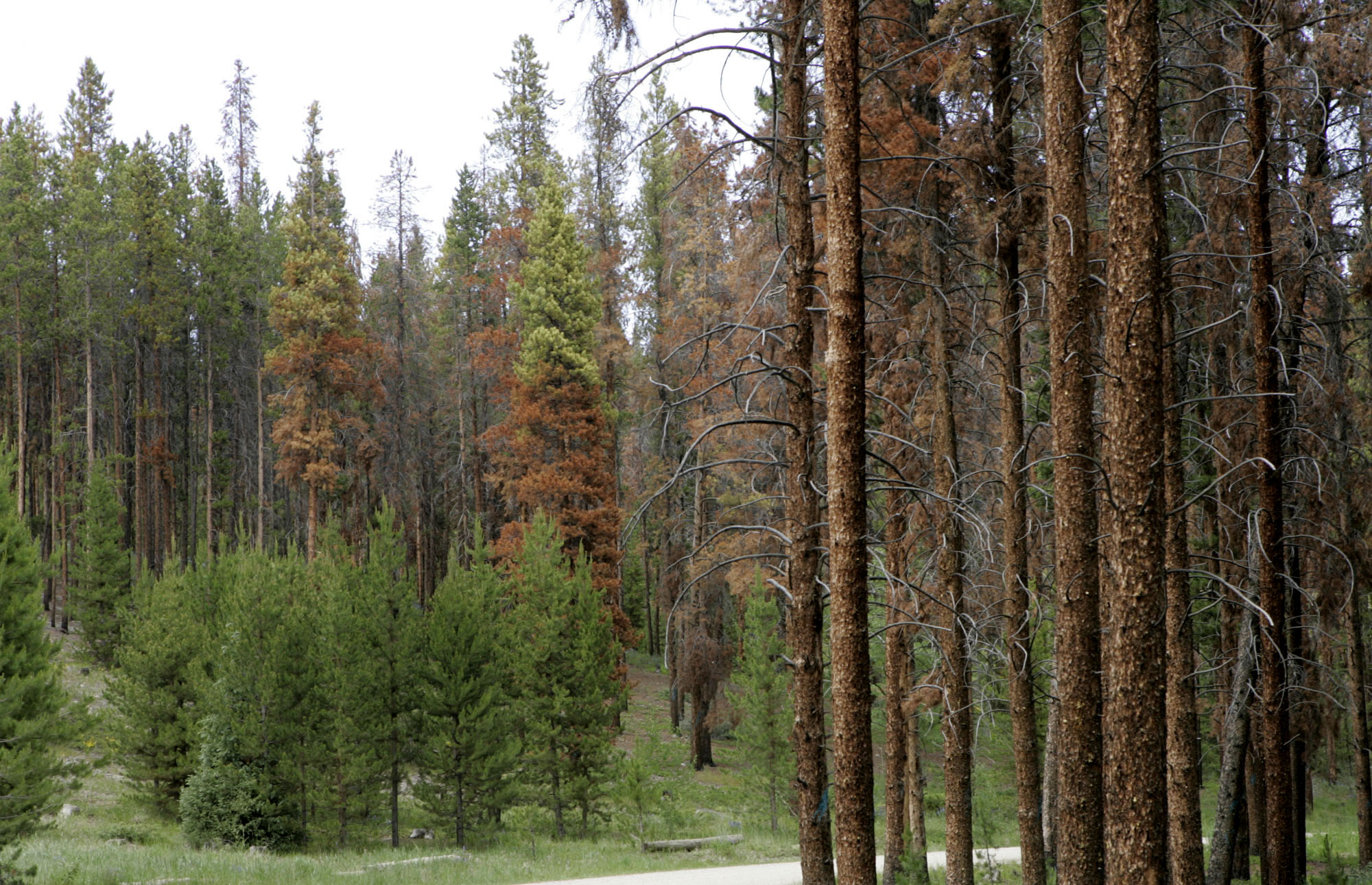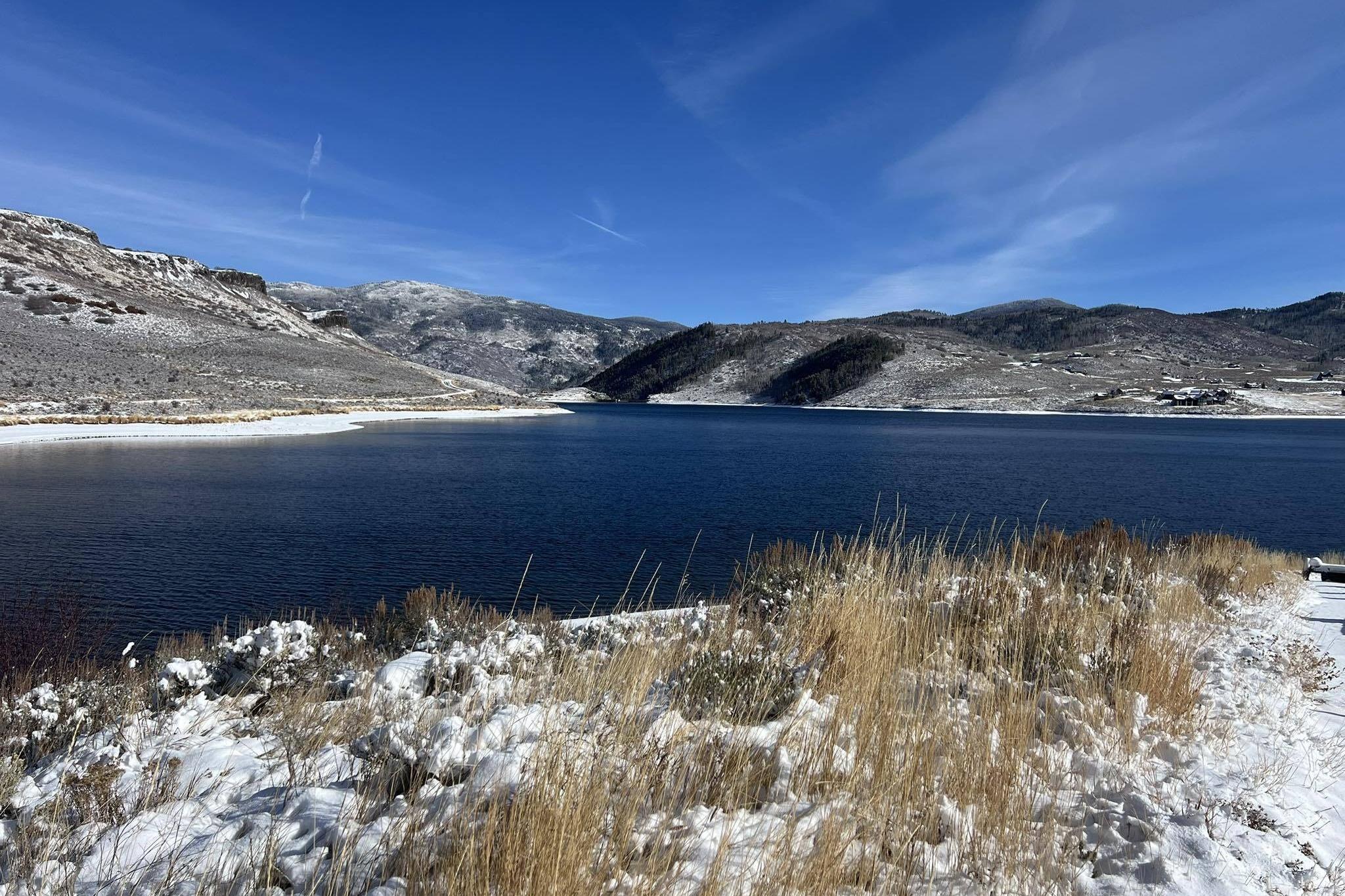
A good place to check on the health of Colorado’s forests is from the air. That's why the U.S. Forest Service does an annual aerial survey of the millions of acres of the state’s woodlands.
Results from the 2015 survey are out with a kind of mixed diagnosis.
"The good news: The mountain pine beetle is back to normal levels," said Forest Service Entomologist Bob Cain. "Not in epidemic levels across most of the state. We still have little outbreaks going on. It’s sort of difficult to find a lot of mountain pine beetle right now."

For 20 years, the pine beetle has been eating its way across Colorado and nearby states, turning pine trees red, and dead.
The bad news: Another bug, the spruce beetle, is spreading.
"That’s our bigger, active epidemic. So mountain pine beetles are winding down, spruce beetle continues to expand onto new acres in large numbers," Cain said.
The aerial survey found spruce beetles invaded another 182,000 acres in Colorado last year -- an area almost twice the size of the city of Denver. Spruce beetles have affected more than one and a half million acres in the state since the 1990s.

The Forest Service can’t attack the epidemic everywhere, so foresters have to decide where the need is most urgent, and where they can do the most good. To do that, the agency needs to correct decades of fire suppression have made for crowded conditions in the woods.
"Part of the effort is to reduce some of the density of the forest," explained Roy Mask, assistant director of forest health protection. "Through time and the absence of fire we get a lot of undergrowth in those ponderosa pine dominated forest. So the initial effort there is to thin from below, to open those forests up, and then the ultimate goal would be to put fire back on to some of those landscapes and at the same time use some of that biomass that’s made available."
That will mean fewer places where beetles can thrive. Eventually, the Forest Service hopes that the spruce beetle, like the pine beetle, will return to normal levels.
"These are natural events, they’re very large events," Mask said.
But he didn’t want the conversation to end without a word of caution:
"We just want encourage everyone just to be aware of the dangers inherent to those situations," said Mask. "We encourage people not to camp or park beneath clusters of dead trees for instance. And if at all possible if you can avoid some of those dead forests on windy days by all means."
For more tips on spruce beetles and other threats to trees, check out the Colorado State University's Forest Service website.









